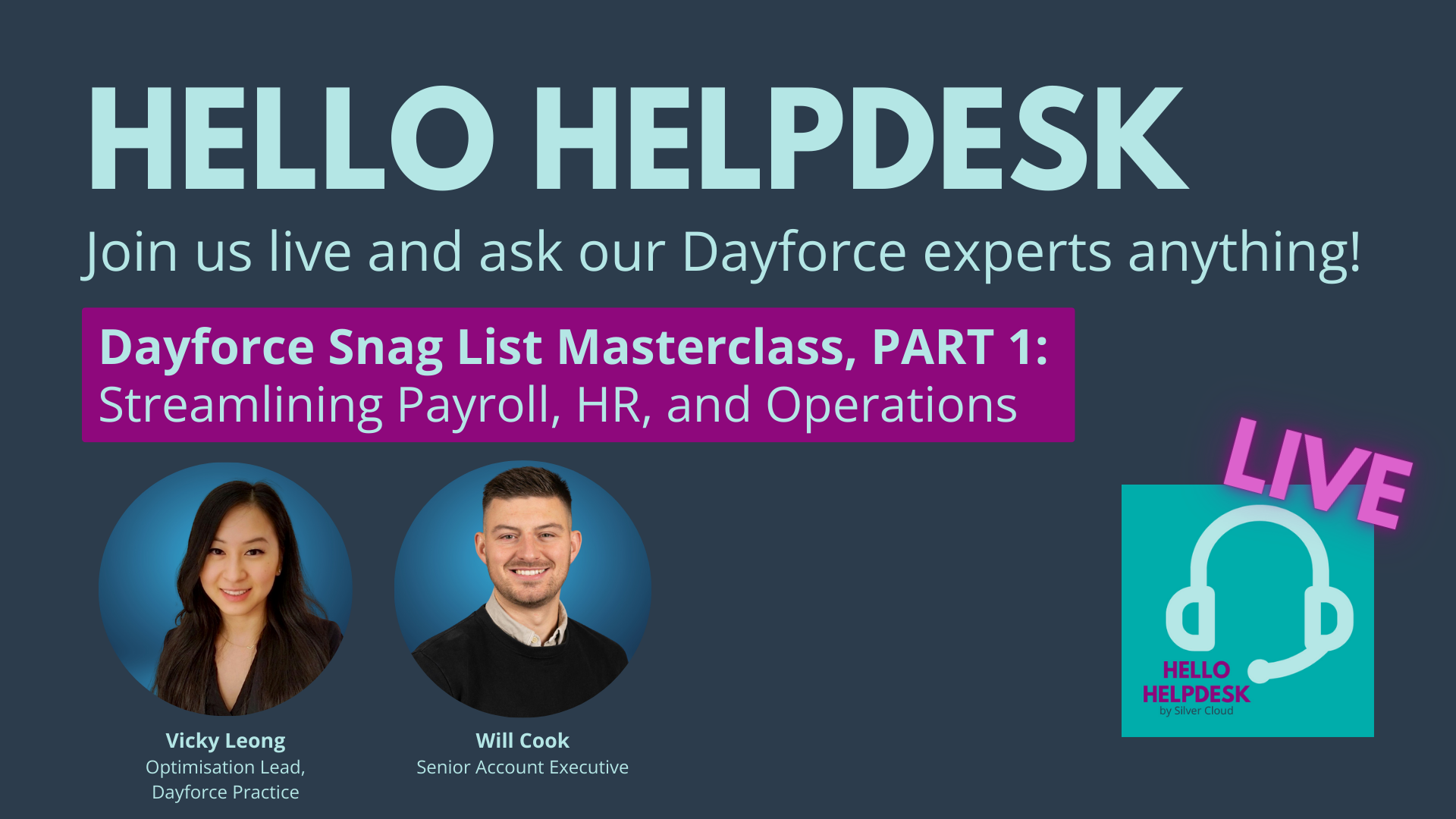How to pitch a new HR system to your CEO
by SJ Hood

You need a new HR system. The clunky manual processes, the lack of integrations, the overall unsuitability for the business your company has become – you need a change. But making that change happen means getting your CEO to approve it. But getting your CEO’s sign off on new software like this could be tricky. Especially in a less than stellar economy. So how do you pitch it to them so your painstakingly created business case doesn’t get tossed aside?
Appealing to your CEO can be pretty straightforward. You just need to make sure you show them how this new project will impact their goals and areas of concern. Here are a few things your CEO will want you to keep in mind with your business case:
Is this a strategic move?
As the leader of your company, your CEO has the overall business strategy in mind for every decision they make. It’s a non-negotiable for them. So, any idea you present has to be aligned to the strategic goals of the company. And you need to state that it does and how it does explicitly. Not everyone has your wealth of knowledge about how HR really impacts the company, so it’s better to over explain in these cases.
This will look different for every business because they all have specific goals and visions. But there are some common themes that may be able to help you decide what applies to your organisation. These themes could be:
- Headcount growth
- Financial growth
- Advancing product development
- Establishing leadership
Those are just a few very high-level examples. Consider what is talked about in leadership meetings, paying special attention to what your CEO responds to most. Now, try to identify ways that this new system can help achieve those goals.
Create a strong vision
CEOs are big picture thinkers, so present your business case to them with the big picture in mind. Aside from aligning to strategic goals, you can do this by appealing to the three points on the ‘rhetorical triangle’: pathos, logos, and ethos. These are three different types of persuasive argument that form part of Aristotle’s Rhetoric.
And, while that sounds complicated, it’s actually very straightforward. Appealing to pathos means appealing to emotions. Do this with storytelling, bringing in examples of how difficult things are now and how brilliant they can become. This is the part of the rhetorical triangle that best suits creating a strong vision.
Meanwhile, appealing to logos means appealing to the logical part of the brain – we go into how you can do that with data in the next section. And, finally, appealing to ethos means appealing to the sense of rightness. People, fundamentally, want to choose the option that is most universally seen as ‘right.’ Which is why getting support from around the business can help. (Don’t worry, we cover that one later in the blog too!)
Give them data and hard evidence
Data-backed arguments are useful for two reasons: convincing the CEO and helping the CEO convince others. To make a really compelling case, you need to appeal to the logical side of a person’s brain. That’s as true for a CEO as it is an engineer. The difference is in what kind (and possibly the quantity) of data they’ll be interested in.
Show your CEO data that supports the positive changes you want to make, the time to ROI and anything that supports the strategy mentioned above. You may also want to show data explaining why making changes to engagement or benefits usage (or whichever goal you want to achieve) is beneficial for the business.
Arming your CEO with this data not only helps bring them onto your side, but it also gives them the tools they need to bring others around. This is especially important for any business that has a board which reviews major spending and changes. It’s possible that your CEO will have to argue the case for change for you.
Learn more: The Ultimate Guide to an Unbeatable Business Case [+ free template]
Gain allies across the business
Having the support of your colleagues can be immensely helpful when trying to get your CEO on side for a project. If you’re able to get your CFO or another member of the leadership team on board, this can be even more effective. Create a collective of voices all shouting for the same outcome.
Doing this will give you both greater credibility and an additional champion during conversations that you’re not directly participating in. Getting allies from multiple parts of the business can make your CEO feel like this is an obviously good choice and they’d be silly not to approve it. (This is the ‘appealing to ethos’ bit.)
Answer their critical questions
In addition to the way you present your business case, it’s vitally important that your business case addresses the key questions that your CEO is going to have for you. Here is a list of the questions your CEO is most likely to come to you with:
- What is wrong with the old one? (And have we tried fixing it?)
- If it's unfixable, what are the problems we are trying to fix?
- How will it make us more competitive?
- What are our competitors doing?
- Have you factored in all costs or the total cost of ownership? (Consider licence fees in addition to implementation costs and training, etc.)
- Are there any financial risks? (Are we tied into a contract?)
- Does it tie into our wider tech stack? (Does it integrate?)
- What resources are going to be needed?
- Is this the right timing? (Are other big projects happening at the same time?)
- Will we be compliant with security standards and legislation? (How will we be sure the new system is secure?)
- How do we get people using the system?
- How will we measure the success of the new system?
- How do we mitigate choosing the wrong system? (Do we need help with a selection project from a consultancy?)
Use the techniques from this blog to answer these questions throughout your business case and you’ll be golden.
By aligning to the overarching business strategy, creating a strong vision, providing data-led evidence, working with the team around you and answering key questions, you’ll have everything you need to get your HR tech business case pitch perfect for your CEO.
Want help crafting a compelling business case?
Check out our Ultimate Guide to an Unbeatable Business Case (plus a template that helps tackle those key questions).




